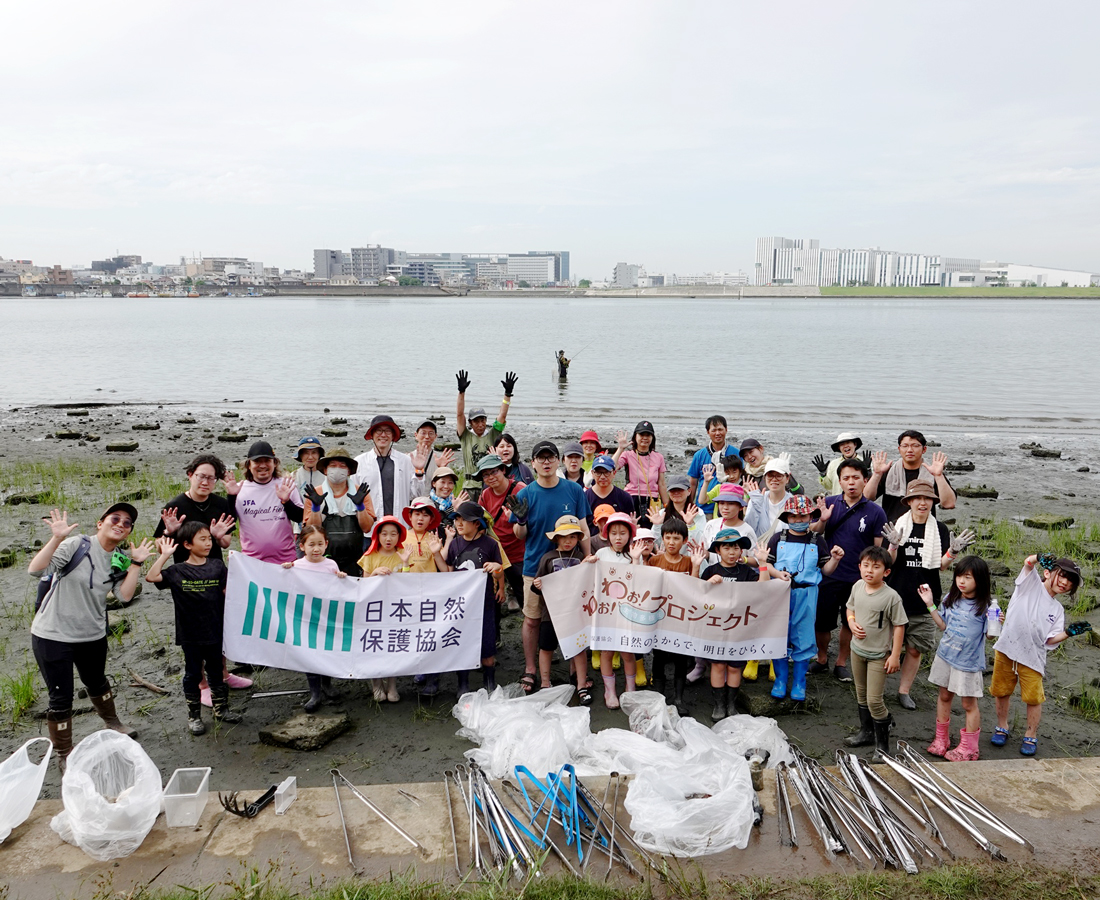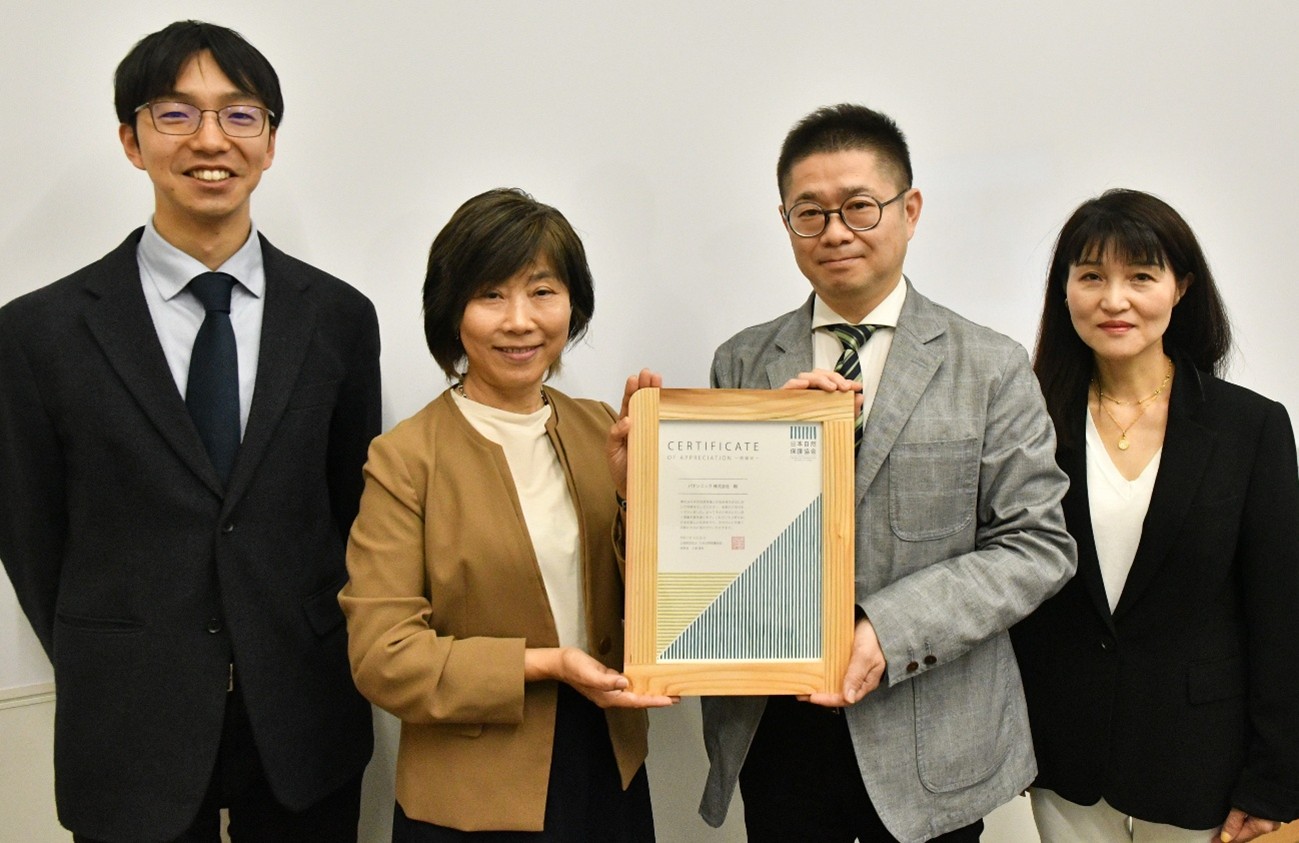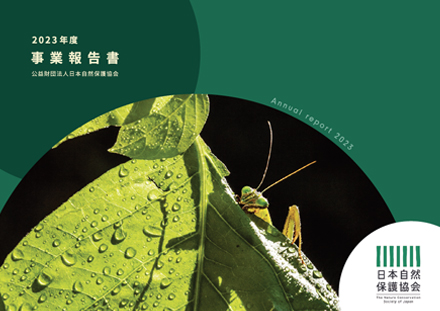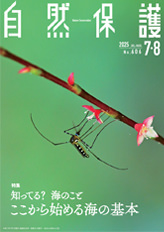2023.02.15(2025.04.24 更新)
Encouragement of Local Government with Biodiversity: From the latest state of the Aya Lucidophyllous Forest Project and Aya BR
専門度:
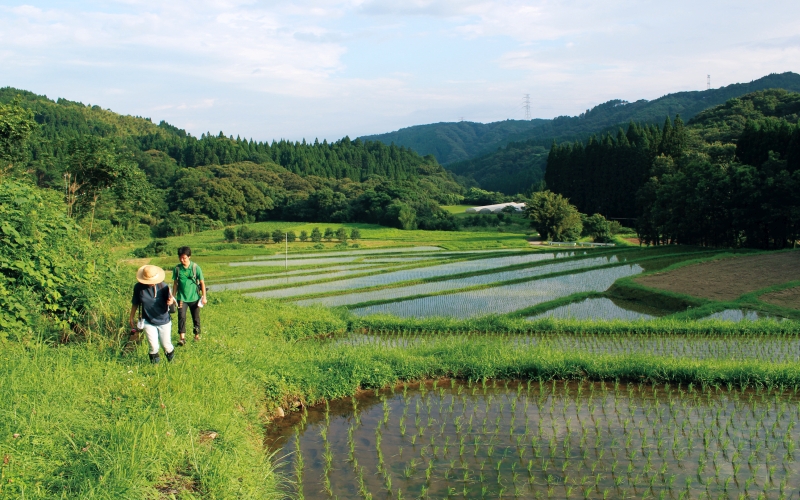
▲Satoyama in Aya BR’s transition area. Ecological farming is conducted and many rare species live in this area
テーマ:環境教育ユネスコエコパーク生物多様性地域戦略
フィールド:SATOYAMAUNESCO Eco-ParksAya Lucidophyllous Forest Project
NACS-J began the Aya Lucidophyllous Forest Project (hereinafter Aya Project) as a public and private cooperation to restore natural lucidophyllous forests in 2005. This project’s presence was very significant for Aya’s designation as a UNESCO Biosphere Reserve (hereinafter BR) in 2012, which aims for a harmonious coexistence of people and nature.
The BR designation brought many changes to Aya. It not only expanded the area of the Aya Project but also enhanced domestic and international collaborations through the BR network. And Aya Town positioned the conservation of biodiversity as one of its priority policies and made organizational changes.
In 2015, Aya Town developed the “Aya Town Biodiversity Regional Strategy” with the local residents, which set a long-term direction for the community that coexists in harmony with nature for each district. In 2016, Aya Biosphere Reserve Promotion Office was set for managing the BR. This new division was set up equal to the other divisions and enabled cross-interactions within the administration, which was a revolutionary change in a vertically administrative system.
Committees and working groups were set up for receiving advice from experts, and a council to collaborate with the Aya Project was established. The Aya Town Development Council has recently been established, and It discusses issues such as nature activities and products of local goods with the local residents.
Furthermore, the town promotes collaboration with universities for accumulating scientific findings and knowledge. In April 2018, the Aya Biosphere Reserve Center opened as a visitor center for the spread of information about the town’s nature and Aya BR.
Toward the Restoration of the Lucidophyllous Forest
These movements in Aya BR caused the Aya Project more active as well. Before the designation, the forest management guidelines for restoration had been set by the Kyushu Regional Forest Office only for national forests. But now, a conservation and management plan for the whole Aya Town area, including the town and prefectural forests, is being planned by the Aya Project. Besides, from when elementary and junior high schools in Aya Town joined The UNESCO Associated Schools Network in 2014, the Aya Project also promoted Education for sustainable development and forest environmental education programs in the Aya Project area.
We evaluated the 10-year result of the Aya Project since 2005. We examined the number of species and population of tall trees in planted forests after logging. The study showed that six years after logging, the number of species and population of the trees were low except for the plants which deer dislike. It guessed that it was influenced by deer feeding damage in the early stages of logging, and forest restoration had not progressed in many areas even after 10 years.
Therefore, new restoration methods are being considered. By the prior method, we waited for their natural growth after logging. However, the new plan considers planting trees in some divided areas supplementarily, and also we have been considering the measure against deer feeding after thinning. Community involvement is expected in collecting seeds and making saplings as well. We are exploring ways to use thinned woods.
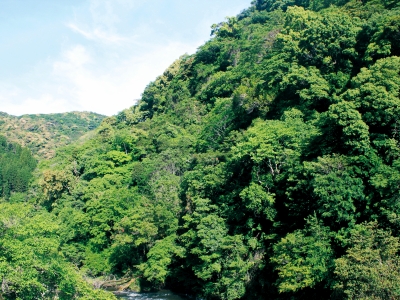
▲Aya BR’s core area.Rich lucidophyllous forest spread out
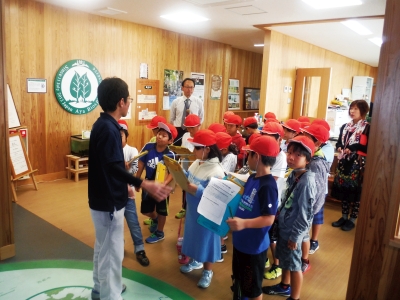
▲The elementary school students visiting Aya Biosphere Reserve Center. Animals and plants inhabit in Aya Town are exhibited (Photo from Aya Town)
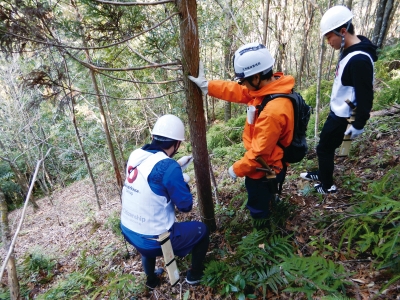
▲Volunteers of the Aya Lucidophyllous Aya Project for thinning a tree
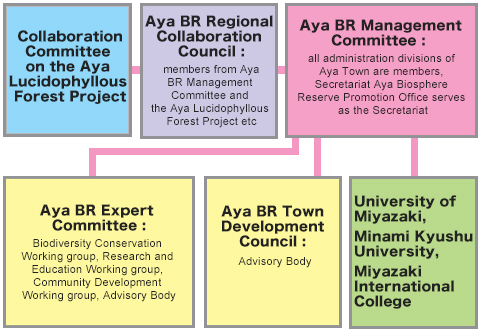 ▲Management governance of Aya BR
▲Management governance of Aya BR
Reporter
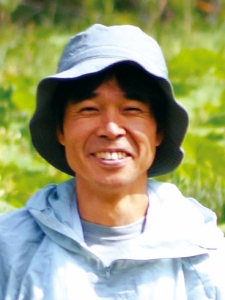
Takeharu SHUMIYA, Conservation Project Division (生物多様性保全室)
Satoyama and Satoumi sites do not have core areas, for that reason, it is currently difficult to designate their sites as BRs. However, they are academically and globally valuable areas as a place where people have been living in harmony with nature for a very long time. Therefore, we aim for a designation of Satochiand Satoumi-based BRs through cooperation with the local governments.
For further information, please refer to “UNESCO Biosphere Reserve, Chiiki no jissen ga sodateru shizenhogo”, from the Kyoto University Press. (『ユネスコエコパーク~地域の実践が育てる自然保護』)
この記事のタグ
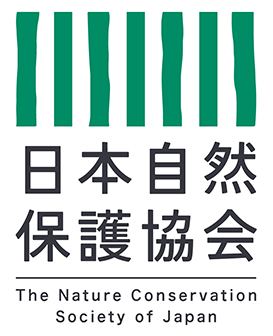

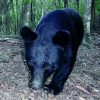

 主な活動 TOP
主な活動 TOP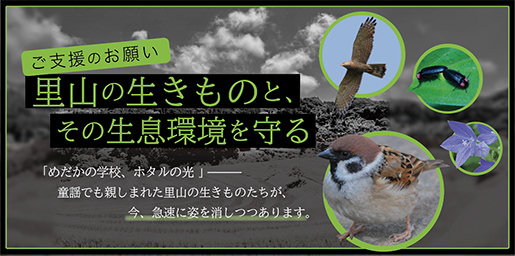
 支援の方法TOP
支援の方法TOP 会員制度/入会申込み
会員制度/入会申込み 遺贈・遺産・お香典のご寄付
遺贈・遺産・お香典のご寄付 チャリボン(本・DVD等での寄付)
チャリボン(本・DVD等での寄付) お宝エイド(不用品の買取寄付)
お宝エイド(不用品の買取寄付) 寄付金控除・褒章制度について
寄付金控除・褒章制度について その他の支援方法
その他の支援方法 講習会日程一覧・お申込み
講習会日程一覧・お申込み
